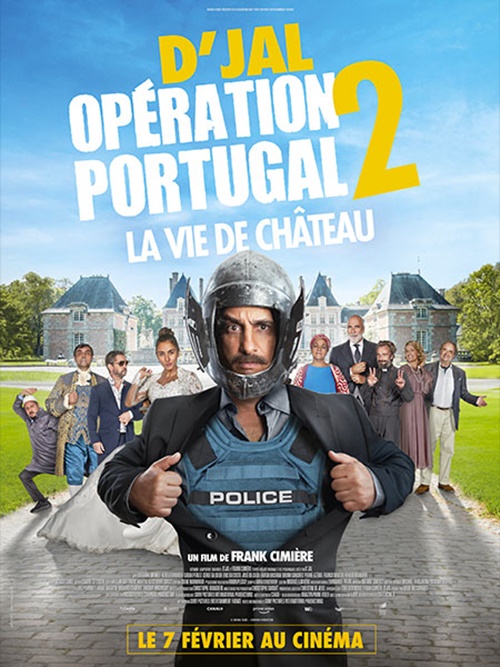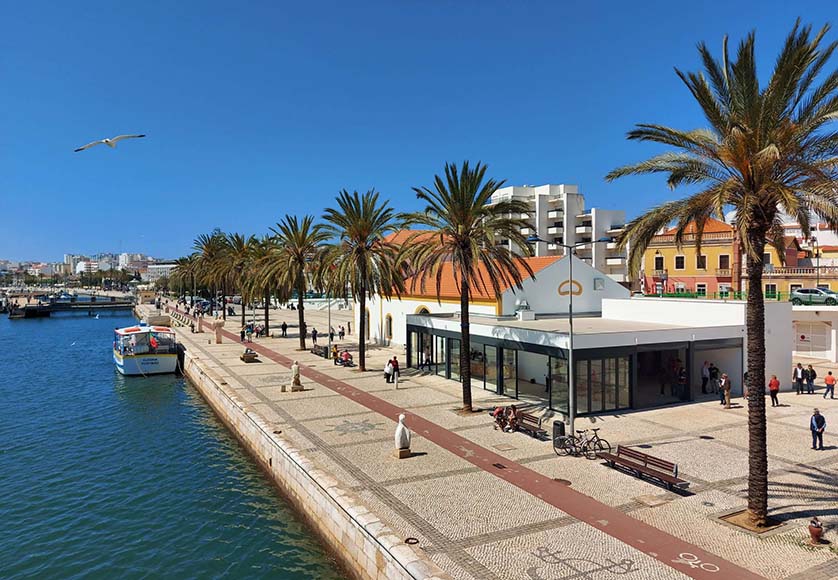
“2015: Refugees storm trains. I credit these photos of fleeing people to my story: I was seven years old when I crossed the border on January 23, 1965 in Hendaye. In my memory, there is no trace of my arrival in France. How do we tell an event we don’t remember, if not by looking for our own story in the story of others?
This is how José Vieira presents us with his approach as a filmmaker and a committed citizen of the world, of human turmoil and commitment because his images are alerts about what is happening around us.
It’s like a picture letter to his daughter, with a beautiful and poetic text on the memory of the emigration. and asks “What is our memory of migration?“Don’t complain, it’s no use, but tell us”Don’t look at what we are but what we will become and what we want to become“.
It is in the interest of this documentary film to invite us, to allow us to follow in these pictures today and in other pictures of yesterday, how this history is present, and it follows us with the same strength and sharpness from the history that preceded us. . It is a transmission document of what makes continuity in our lives even if it is a story of rupture!
His film yesterday tells of the thousands of Portuguese who crossed the border illegally, particularly in Hendaye, in the 1960s and early 1970s, and also tells of refugees from Africa today, who have the same words, the same looks, the same expectations.
The train photos, which José Vieira knows and loves to photograph, have captured us from the stations and trains of Hendaye, the place of arrival and transit, which has left a lasting imprint on generations of illegal immigrants. The immigrants of the 1930s, the Spanish refugees fleeing from Franco, the Portuguese, the economic and political immigrants fleeing Salazar and their refusal to participate in the colonial war…
The news about the refugees of this month of March 2022 greets us in other stations, and the issue is still there, in this human “fate”.
Present during the screening of his film, José Vieira also specifies that if the image of immigration is present for him, it is ”Also because of what is happening today in France”From the way refugees are treated and discriminated against. And he’s right, between the young immigrant refugees in La Chapelle or Calais, fleeing one war, and the massive influx of Ukrainian refugees fleeing another war, there are many differences and many similarities.
“We have come,” and the others will still pray, shall we be there to welcome those others who…?
** ° ** ° **
* * * In the first comment, a file appeared Filmography of Jose Vieira And excerpts from a short text written by photographer Gerald Blancourt: [in blog/041118/gerald-bloncourt-le-photographe-de-mon-enfance.]
* * * * In the second comment, a reference to the movie by Robert Bozy“Les Gens des Baraques”, also presented this Tuesday at the Forum des Images in the first part of the 100% doc.
** ° ** ° **
And since Jose Vieira showed us HyundaiBelow is a photo of a December 2019 demonstration.
In Hendaye, 150 people demonstrated to demand the opening of a parliamentary commission of inquiry into “violations of rights” of immigrants. “We want to get out of the face of sterility between the associations and the Home Office,” explained Veronique Fayette, of Secor Catholic. In particular, he deplores the conditions of detention in the Hendaye Centre. • Thanks for the photo. © GAIZKA IROZ / AFP.






